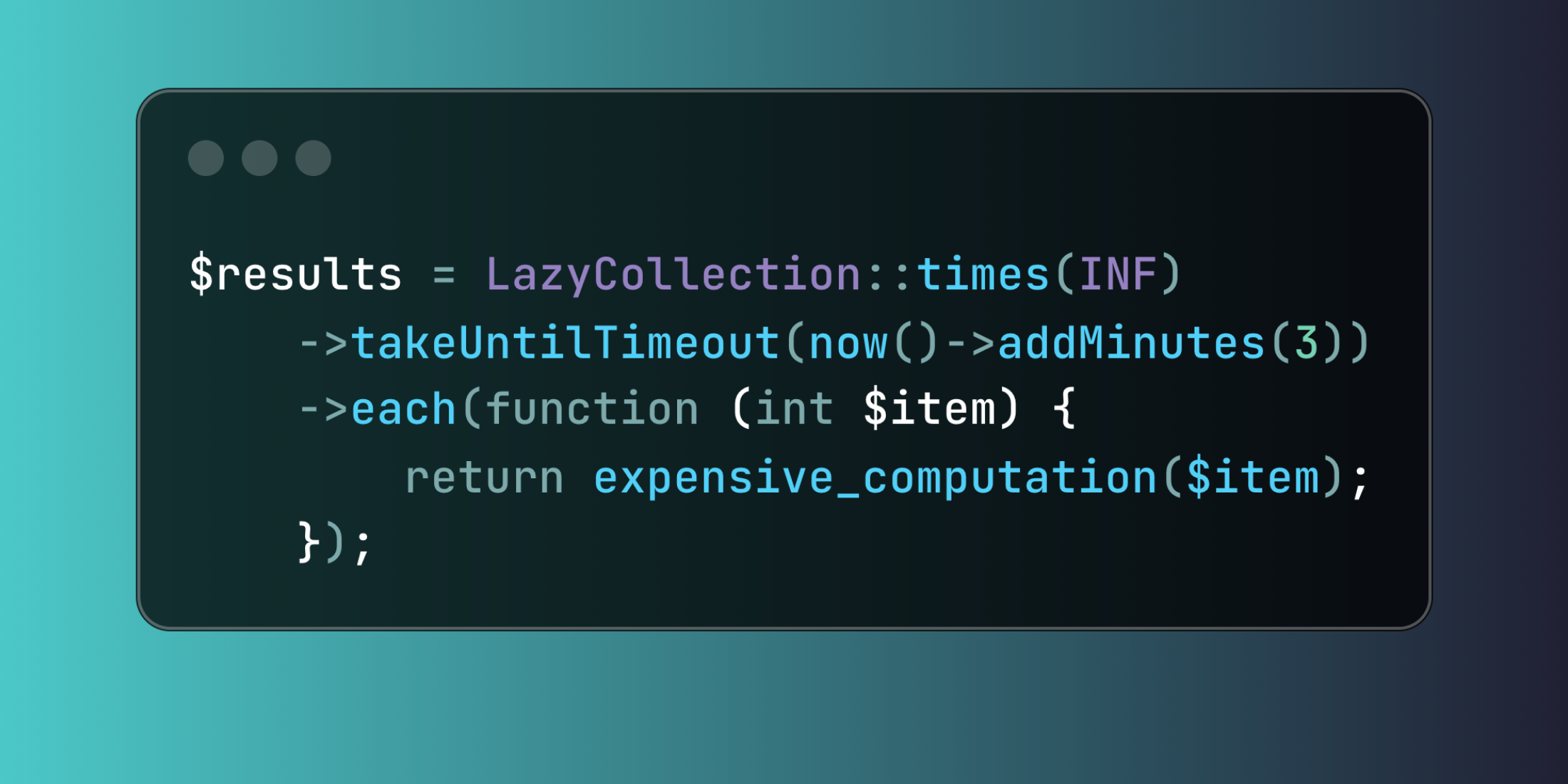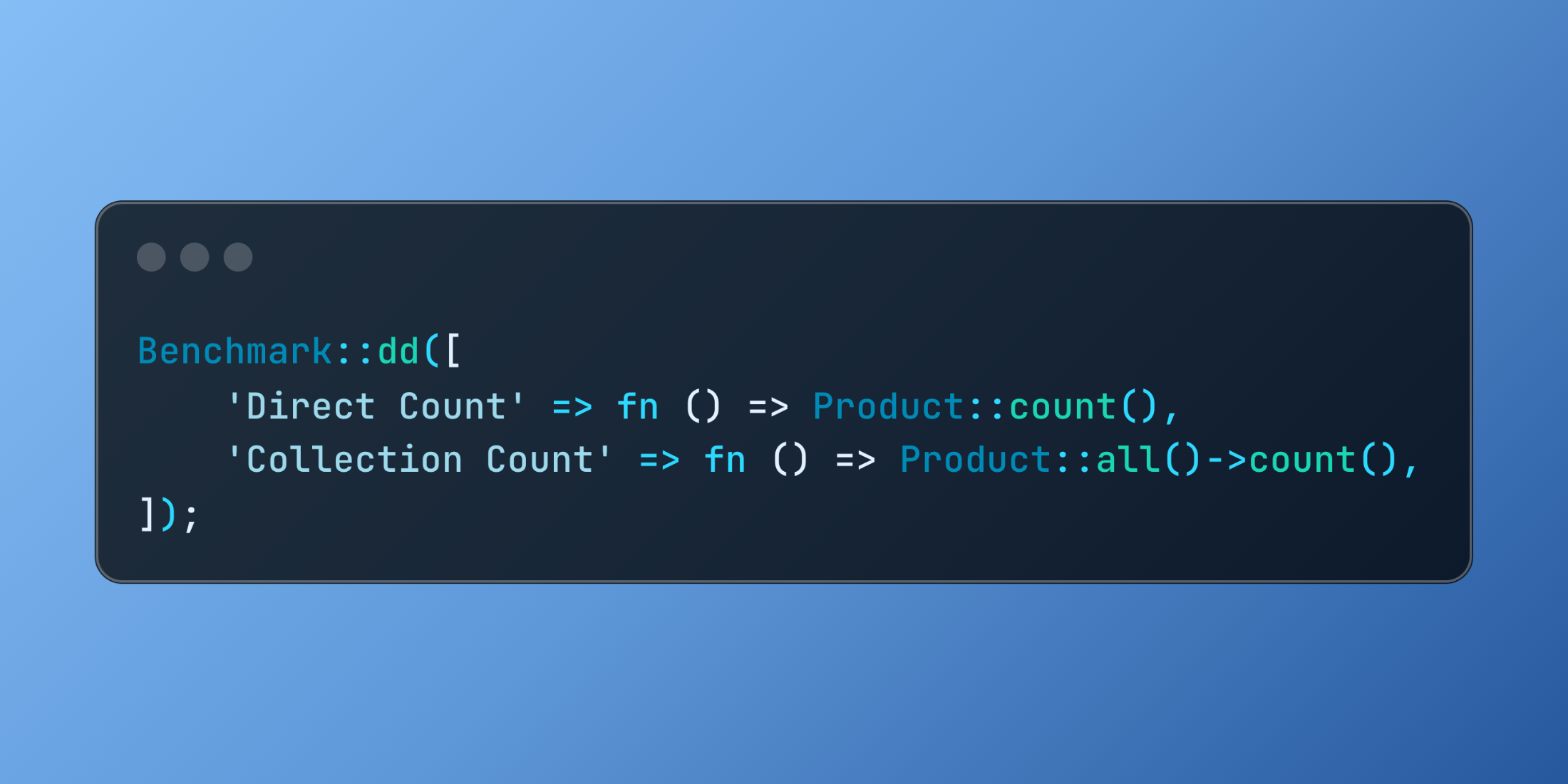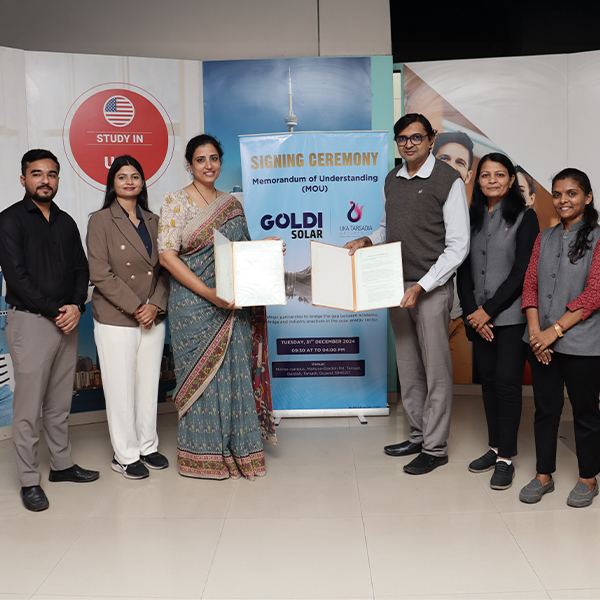Parabolic Trough Collector: Working, Advantages, and Limitations
Want to learn how to capture the sun's rays in the most efficient way? Read on to learn about parabolic trough collectors, their working, and drawbacks! The post Parabolic Trough Collector: Working, Advantages, and Limitations appeared first on Rooftop Solar for your home and more - Blog | SolarSquare.

A parabolic trough collector is a type of solar energy system that uses curved mirrors shaped like a parabola to focus sunlight onto a long receiver tube. This tube runs along the focal line of the mirror and contains a heat transfer fluid (usually oil or molten salt). The fluid temperatures inside the collector can reach up to 300-550°C*.
Modern parabolic trough collectors are very reliable and can last over 20 years*. Since they store heat and provide power when needed, they’re ideal in scenarios that require a continuous power supply and industrial uses that need high heat.
This comprehensive guide covers everything about parabolic trough collectors, including components, working principles, applications, advantages, disadvantages, and how they differ from solar panel systems.
*Disclaimer: The temperatures and longevity specifications listed above are based on standard market estimates and can vary significantly depending on equipment quality and environmental conditions.
TL;DR Summary Box: Key Features of Solar Trough Collectors
Parabolic trough collectors are curved mirrors that focus sunlight onto tubes filled with a heat transfer fluid. This fluid becomes hot and is used to generate steam, which can either produce electricity or provide heat for factories.
They are a type of concentrating solar power (CSP) system, known for their efficiency and specialized heat storage, which enables them to operate continuously (24/7).
Key information overview:
- Technology type: Concentrating solar power using parabolic mirrors and receiver tubes
- Operating temperature: 300-550°C* for power generation and industrial heat
- Thermal efficiency: 50-80%* solar-to-heat conversion rate
- Storage capability: 6-16 hours*
- Primary applications: Utility-scale electricity, industrial process heat, district heating
- Economic viability: Cost-effective in high DNI (direct normal irradiance) regions with energy demands
- Reliability and longevity: *20+ year lifespan with proper maintenance
*Disclaimer: All the specifications listed above are based on standard market estimates and can vary significantly depending on equipment quality and environmental conditions.
What Are the Components of a Parabolic Trough Collector?
A parabolic trough collector system consists of five main parts that work together to collect sunlight and convert it into useful heat. Each component plays a critical role in maximizing efficiency and ensuring reliable, long-term operation under diverse environmental conditions.
Core components list:
- Parabolic mirror assembly: Curved reflective surfaces with 94%* reflectivity using silver coatings on glass substrates. Sometimes, aluminum coating is used, too.
- Receiver tube system: Evacuated glass-enclosed tubes with selective coatings containing heat transfer fluid.
- Sun-tracking mechanism: Automated systems maintain high accuracy for optimal solar concentration.
- Support structure framework: Strong steel parts that hold everything in place and can handle wind speeds up to 200 km/h*.
- Heat transfer fluid circuit: Pumps, piping, and expansion systems handling high-temperature fluids safely.
*Disclaimer: All specifications listed above are based on standard market estimates and can vary significantly depending on equipment quality and environmental conditions.
Role of the Parabolic Mirror Technology
The mirror assembly is the main part of a solar trough collector that captures sunlight. It uses curved parabolic mirrors that are designed to focus sunlight onto a thin line called the focal line.
In most modern technology parabolic collectors, these mirrors are made from tempered glass (strong and heat-resistant) and have special protective coatings.
These coatings help the mirrors:
- Stay highly reflective: They reflect as much sunlight as possible.
- Resist damage: They remain protected from environmental factors, including dust, moisture, and temperature fluctuations.
Why is the Receiver Tube Design Important?
Advanced receiver tubes in parabolic trough collectors are specifically designed to minimize heat loss and enhance efficiency. They are built with two layers of glass (double-walled) and have a vacuum (empty space) between the layers.
The vacuum helps prevent heat from escaping by blocking convection (heat carried by air movement) and conduction (heat moving through solid materials).
These tubes also use selective coatings (special materials) on the surface that:
- Absorb more than 95%* of the sunlight
- Release (or lose) only 5%* or less of that heat as thermal radiation
*Disclaimer: Efficiency percentages are based on standard market estimates and can vary with specific coating technologies and operating conditions.
This smart design makes the system much more efficient because it captures more heat from the sun and loses very little of it.
How Does a Parabolic Trough Collector Work?
A parabolic trough collector works by using curved mirrors to focus direct sunlight (known as Direct Normal Irradiance or DNI) onto a receiver tube that runs along the center of the mirror. Due to the precise shape of the mirrors, sunlight is concentrated into a narrow line, resulting in extremely high temperatures of up to 550°C.
Inside the receiver tube of a solar trough collector, a heat transfer fluid flows through and is heated by the concentrated sunlight.
Let’s understand the overall working of these collectors in detail:
- Solar concentration: Parabolic mirrors reflect and focus parallel sunlight rays onto the receiver tube focal line.
- Heat transfer: Concentrated solar energy heats the fluid inside the receiver tube to operating temperatures.
- Fluid circulation: Pumps circulate heated fluid through the collector field and heat exchanger systems.
- Steam generation: The now hot fluid transfers thermal energy to water, creating high-pressure steam.
- Power production: Steam drives turbines connected to electrical generators for electricity production.
- Thermal energy storage: Excess heat can be stored in molten salt systems for later electricity generation.
| Did you know? The solar tracking system continuously adjusts mirror orientation to maintain optimal solar concentration as the sun moves across the sky from east to west. This precise tracking ensures maximum solar energy collection throughout daylight hours. |
What Are the Common Types of Heat Transfer Fluids Used in Solar Trough Collectors?
There are three main types of heat transfer fluids (and one experimental fluid), and each one is used for different situations depending on:
- How high does the temperature need to be
- Whether the system needs to store heat (like using molten salt tanks)
- How simple or complex the system is to operate and manage
The options include the following:
- Synthetic thermal oils: Operate up to 420°C* with excellent thermal stability and freeze protection.
- Molten salt mixtures: Enable higher temperatures and direct thermal storage integration.
- Pressurized water/steam: Direct steam generation with simplified heat exchange requirements.
- Advanced nanofluids: Experimental fluids with enhanced thermal conductivity properties.
*Disclaimer: Operating temperatures are based on standard market estimates and can vary with specific fluid types and system designs.
What is the Difference Between a Parabolic Trough Collector and Solar PV Systems?
Parabolic trough collectors and solar panels (photovoltaic panels) are two different ways to use sunlight for energy. The primary difference lies in how they convert sunlight into energy and how they can store heat for later use.
While solar panels in rooftop solar PV systems for homes and housing societies directly convert sunlight into electricity, the parabolic trough collectors use curved mirrors to concentrate solar energy and generate high-temperature heat for power generation and industrial applications.
Let’s check out the major differences between these two technologies:
Performance Aspect Parabolic Trough Collectors Solar Systems Energy conversion Thermal-to-electrical via steam Direct solar-to-electrical Storage integration Molten salt (6-16 hours) For on-grid solar systems: No storage required
For off-grid solar systems: Battery storage bank (composed of lithium batteries) requiredLand requirement High (ground-mounted only) Flexible (roof- and ground-mounted, both) Diffuse sunlight performance Poor efficiency Very good performance when the solar system uses bifacial solar panels Maintenance complexity Very high Low as compared to solar trough collectors Best for Industrial applications that require very high temperatures Homes
Rooftop solar for housing societies
Commercial rooftop solar PV systems
Why Are Parabolic Trough Collectors Unsuitable for Homes?
High technical complexity, tremendous space requirements, and high investment costs make solar trough collectors unsuitable for rooftop solar systems on homes.
Let’s understand the key reasons why solar trough collectors are not recommended for residential solar installation.
#1. Considerable size and space requirements:
- Module length: Each unit is long (over 15 meters), so it needs a lot of space
- Unobstructed access: Needs clear solar access throughout the day
- Structural support: Requires substantial support for solar tracking systems
#2. Technical Complexity:
- Involves moving parts: The system follows the sun and needs regular check-ups and maintenance to keep working well.
- Specialized fluids: The liquids used to carry heat must be handled carefully by trained experts.
#3. Economic Considerations:
- High investment: Too expensive up front for most home budgets
- Maintenance complexity: Requirements exceed typical homeowner capabilities
- Poor cost-effectiveness: Economics don’t work at small scales
If you’re looking forward to installing rooftop solar at homes, housing societies, or commercial setups, book a free solar consultation with SolarSquare.
Calculate your savings

Forecast your savings with solar on your investment on the SolarSquare’s plant

What Are the Advantages of Parabolic Trough Collectors?
Parabolic trough collectors have significant advantages, especially for applications where very high heat is required (such as in industrial processes) and power can be delivered on demand (known as dispatchable power).
These systems have special storage to save heat. They collect heat during the day and can keep running at night or when it’s cloudy. Needless to say, they can work all day and night.
Key advantages of solar trough collectors:
- High-temperature performance: Generates temperatures as high as 550°C, which is sufficient to produce electricity or power factory machines.
- Thermal storage integration: Works well with molten salt storage, allowing 6 to 16 hours of nonstop energy use.
- Proven reliability: Built to last over 20 years.
- Dispatchable power generation: Provides electricity on demand during peak evening hours.
- Economic competitiveness: Cost-effective in high DNI regions with large thermal demands.
- Environmental benefits: Zero operational carbon emissions with fully recyclable construction materials.
What Are the Disadvantages of Solar Trough Collectors?
Parabolic trough collectors are costly to set up, take up a lot of space, and use complex tracking systems (single-axis solar trackers and dual-axis solar trackers) to track the position of the sun. It’s important to know about these limits to have a realistic idea of how they’ll perform.
Key limitations of parabolic trough collectors:
- Direct sunlight requirement: Performs poorly in diffused or scattered light conditions.
- Large land areas are needed (unsuitable for rooftops): Utility-scale installations require 3-5 acres per MW.
- Complex tracking systems: Higher maintenance requirements compared to stationary solar technologies.
- Geographic constraints: Optimal performance is limited to regions with high Direct Normal Irradiance.
- Dust and soiling sensitivity: Reduced efficiency requires frequent cleaning in arid environments.
- High capital investment: Significant upfront costs compared to solar PV systems.
| Did you know? Solar trough collector performance depends heavily on direct beam solar radiation, making them unsuitable for regions with frequent cloud cover or high atmospheric moisture content. Tracking system failures can significantly impact energy collection, requiring redundant components and preventive maintenance programs. |
Where are Parabolic Trough Collectors Used? Key Applications Explained
Parabolic trough collectors are used in many different industries, but the biggest and most common use is for generating electricity on a large scale (called utility-scale electricity generation). They are especially suitable for tasks that require extremely high temperatures, such as those found in factories or power plants.
When these systems are built on a large scale, they become more cost-effective due to economies of scale, meaning the larger the installation, the more money is saved per unit of energy produced.
Let’s check out the most important applications of solar trough collectors:
- Utility-scale power generation: 50-500 MW concentrating solar power plants with grid connection.
- Industrial process heat: Manufacturing facilities requiring steam, heating, and high-temperature processes.
- District heating networks: Community-scale hot water and space heating systems.
- Solar cooling applications: Absorption chiller systems for air conditioning in sunny climates.
- Industrial applications: This includes food processing, chemical manufacturing, textile production, and pharmaceutical facilities where consistent high-temperature heat replaces expensive fossil fuel systems.
Conclusion
Parabolic trough collectors are a well-tested solar thermal technology that offers distinct benefits for high-temperature applications, such as industrial processes and the production of renewable energy that can be delivered on demand (known as dispatchable power).
They can be combined with thermal storage systems, which allows them to generate power 24 hours a day. This helps solve the problem of intermittency, which occurs when solar energy isn’t always available due to nighttime or cloudy weather.
Due to the latest advancements in materials and manufacturing processes, parabolic trough collectors are expected to deliver even better performance in the future.
FAQs
Q1. What is a parabolic trough collector?
Ans. A parabolic trough collector is a solar energy device that uses curved, mirror-like surfaces to focus direct sunlight onto a receiver tube. Inside the tube, a heat transfer fluid flows and gets heated to high temperatures (around 300–550°C). This heat is then used to produce steam for electricity or to provide high-temperature heat for industrial processes.
Q2. What is the cost of a parabolic trough collector?
Ans. Parabolic trough collectors are very expensive. Even a small collector installed in a 10 x 10 area costs ~Rs. 1,25,000 in India.
Q3. How do extreme weather conditions affect parabolic trough collector performance and safety?
Ans. Parabolic trough collectors are built with a strong and durable design so they can handle high wind speeds up to 200 km/h. This is achieved by utilizing aerodynamic shapes and specialized features that enable them to resist wind. When there is severe weather, like storms, the system automatically moves into a safe position called stow positioning. This protective position helps: Reduce the force of the wind on the mirrors Protect the mirrors from getting damaged by hail or flying debris
Q4. What is the cost of installing solar panel systems in India?
Ans. The solar panel price in India (total rooftop solar system installation cost) ranges from ~Rs. 95,000* in Lucknow for a 2 kW solar system to ~Rs. 2,92,000* in Bengaluru for a 5 kW solar system with subsidy under the PM Surya Ghar Muft Bijli Yojana. *Disclaimer: The above-mentioned solar panel price in India is indicative as of 22nd July 2025 for the SolarSquare Blue 6ft variant. The final cost of solar panel installation depends on your DISCOM charges, product variant opted for, panel type, inverter type, mounting structure height, type of after-sales service, savings guarantee, roof height, etc. Prices are subject to change.
The post Parabolic Trough Collector: Working, Advantages, and Limitations appeared first on Rooftop Solar for your home and more - Blog | SolarSquare.
What's Your Reaction?


























































































.svg)






